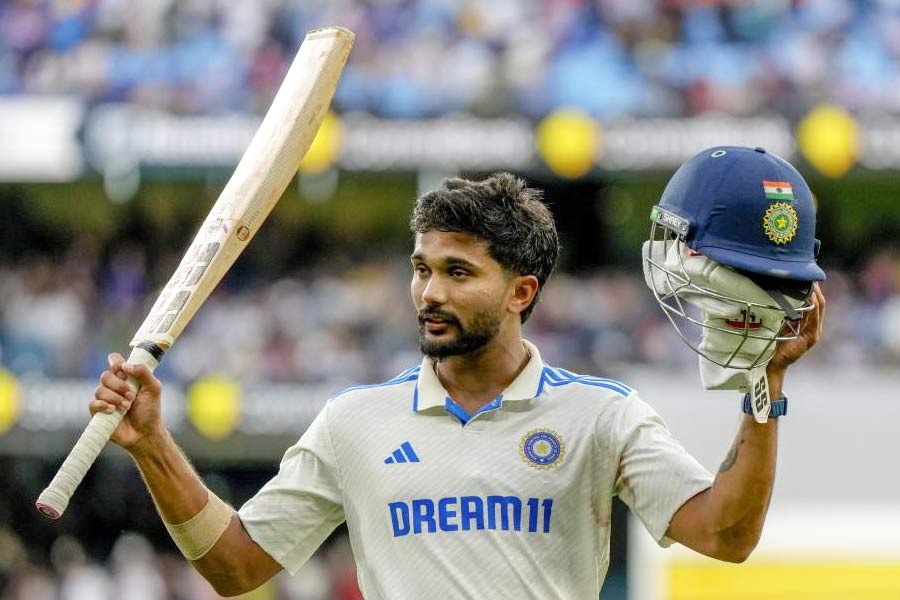Nearly 120 million doses of Covid-19 vaccines will be available during June, India’s health ministry said on Sunday, a count that would allow the country the opportunity to double its pace of inoculation over that achieved during May.
The health ministry said the Centre would supply 60,960,000 doses to the states for the priority population groups – healthcare workers, frontline workers and people 45 years or older – and 58,610,000 doses will be available for procurement by states and private hospitals.
The ministry said it had provided “advance visibility” of the doses available so that states and private hospitals can plan their own procurement and administration schedules. Under the current vaccination policy, states and private hospitals have the flexibility to vaccinate all adults 18 years or older.
India would need to administer an average of 4 million doses a day to use up the nearly 120 million doses available in June, a pace of inoculation twice that between May 1 and May 30 when 58 million doses were administered.
But vaccination campaign data from May suggests that all the available doses might not actually get administered to aspiring recipients.
In May, the Centre had made available over 40.3 million vaccine doses to the states and over 39 million were available for “direct procurement” by states and private hospitals, implying that a total of over 79 million doses were available for the nationwide campaign.
But between May 1 and May 30, the campaign administered only around 58 million doses from the total of 79 million doses available. A query sent by The Telegraph to the health ministry asking about the unadministered 21 million doses has not evoked a response.
Health experts tracking the vaccination campaign say the difference between available doses and the actual doses administered could be explained if they were either not procured, or not administered, or were still in supply channels, or were wasted.
The 39 million doses available for direct procurement by the states and private hospitals during May were expected to be used primarily to inoculate people 18 years or older as the other 40 million doses from the Centre were meant for people 45 years or older.
“Given the huge demand for vaccines among the 18 to 45 years age group, it is unclear why all the available 39 million doses weren’t used up,” said R. Ramakumar, economist and professor of developmental studies at the Tata Institute of Social Sciences, Mumbai.
Wasted doses and unused inventories with the states or private hospitals are, Ramakumar said, unlikely to explain such a large difference between the available and administered doses.
The Centre had in an affidavit earlier this month told the Supreme Court that the Serum Institute of India had ramped up Covishield’s production to 65 million doses per month and Bharat Biotech had increased production of Covaxin to 20 million doses per month.
“If 79 million doses were available in May, we should have administered on average over 2.5 million doses a day, but the actual achieved is a little over 1.9 million doses daily,” Ramakumar said.
“This raises questions – did the states and private hospitals really have access to 39 million doses in May that they either did not procure or did not use up? If not, what is our actual production?”
The vaccination campaign has so far administered the required two doses for full immunisation to nearly 44.8 million people -- 6.8 million healthcare workers, 8.6 million frontline workers, 10.6 million people between 45 and 60 years and 18.8 million people 60 years or older -- or about 5 per cent of the estimated 900-odd million eligible people.












